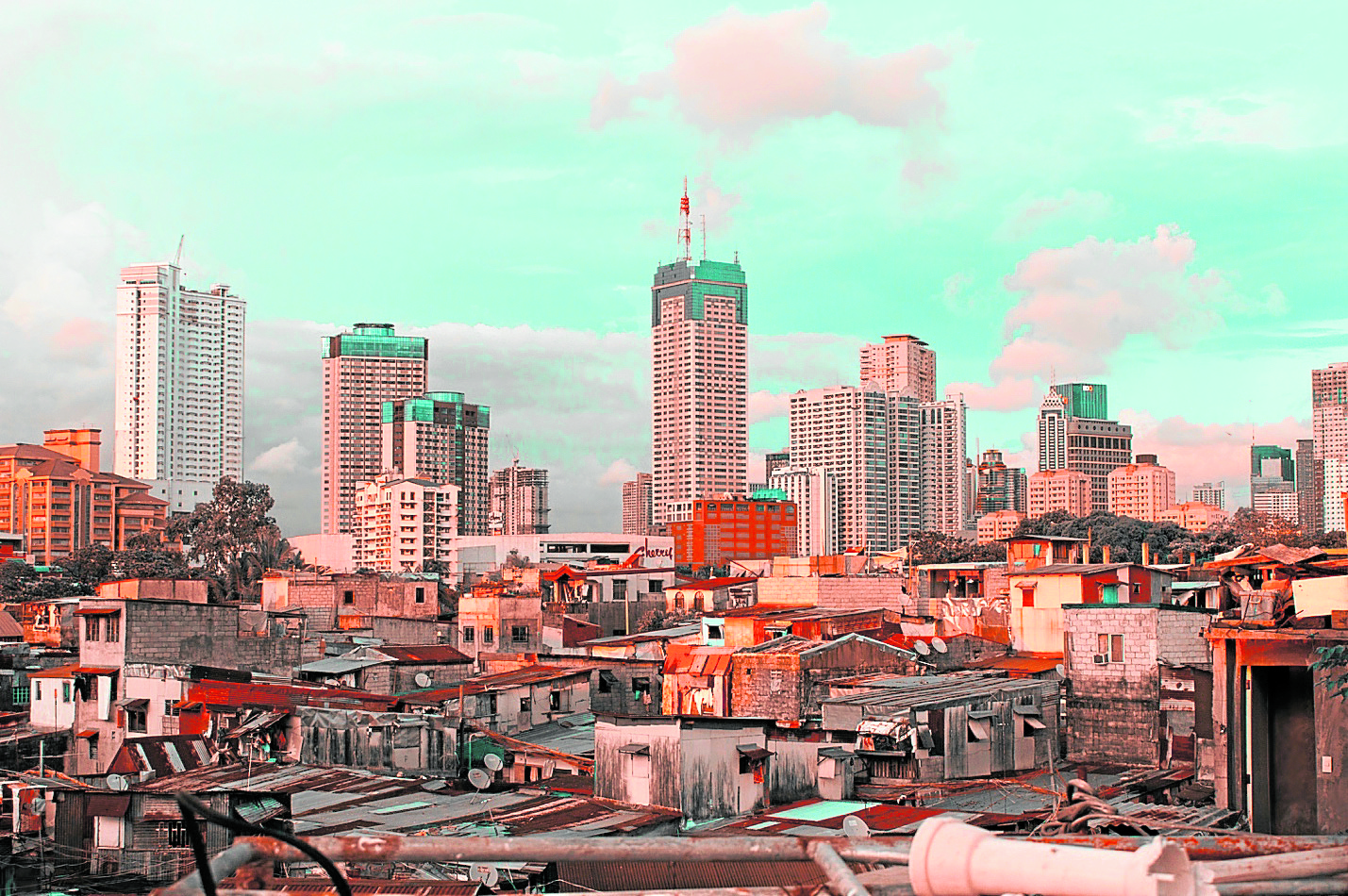MANILA, Philippines—The Organization for Economic Cooperation and Development (OECD) of rich nations expects the Philippine economy to grow fastest in Southeast Asia this year, even as its labor market could take time to recover due to the scarring inflicted by the COVID-19 pandemic.
In its “Economic Outlook for Southeast Asia, China and India 2022” report launched on Tuesday afternoon (Manila time), the OECD projected 7-percent gross domestic product (GDP) growth for the Philippines in 2022, at the lower end of the government’s 7 to 9 percent target.
“The outlook is for robust growth. A faster implementation of investment projects in infrastructure, plus the recovery in cash remittances by overseas Filipino workers constitute upside risks to the forecast, although pandemic-related uncertainties continue to tilt the risk balance to the downside,” the OECD said.
The OECD’s estimated real GDP growth in the Philippines this year outpaced the forecasts of 5.2-percent expansion for Indonesia, 6-percent growth for Malaysia, 3.8 percent for Thailand, 6.5 percent for Vietnam, 3.5 percent for Brunei Darussalam, 4 percent for Singapore, 5.6 percent for Cambodia, and 4.6 percent for Laos. Myanmar’s GDP, on the other hand, was forecast by the OECD to shrink by 0.3 percent.
Including other emerging Asia economies, the Philippines’ estimated economic growth this year would also outpace China’s 5.1 percent, but below India’s 8.1 percent.
For 2023, the OECD projected the Philippine economy to grow by 6.1 percent, also within the government’s 6 to 7 percent goal.
However, the OECD said the COVID-19 pandemic “inflicted substantial damage on labor markets in emerging Asia — this deterioration has been particularly acute in the Philippines and Vietnam.”
Last week, the government conceded that while the 6.4-percent unemployment rate last January dipped to its lowest during this prolonged pandemic, the number of jobless Filipinos would have been smaller than the 2.93 million at the start of this year if not for the stricter restrictions imposed during the Omicron-induced surge in infections.
“In terms of individual sectors across emerging Asia, the impact has been especially heavy for the micro-, small- and medium-sized enterprises. Sectors of the economy that are especially cyclical, and indeed those that rely on face-to-face interactions, have endured the gravest job losses since the onset of the COVID-19 crisis,” the OECD said.
